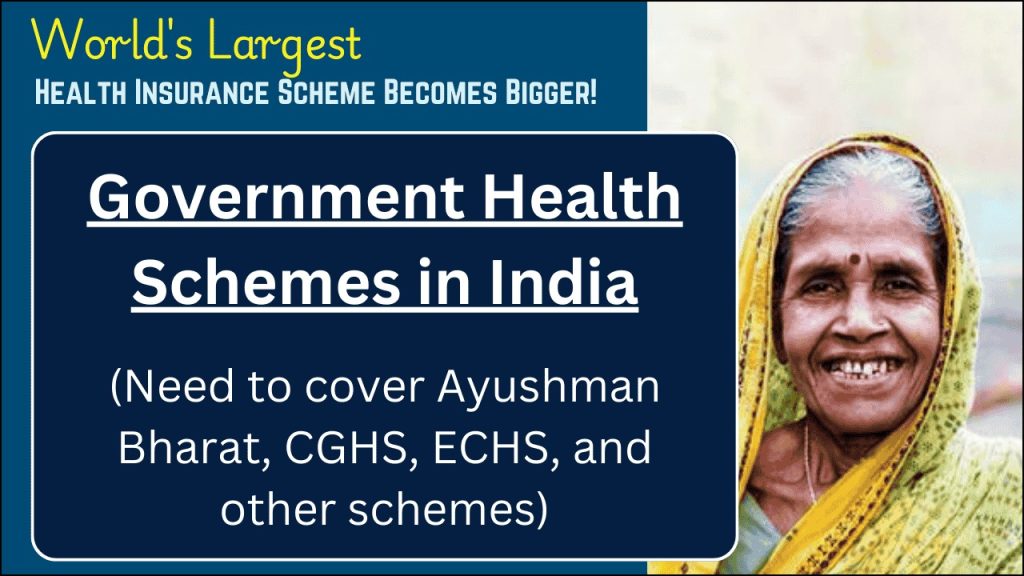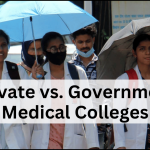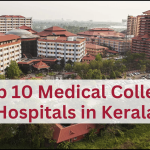
In India, the Indian Government has started various health schemes for the people of the nation. These schemes provide financial assistance to families if they meet the eligibility criteria for the schemes. The people of India must know these health schemes and the process of how to get the benefits of these schemes. In this article, we are going to cover the details of Ayushman Bharat, CGHS, ECHS, and others.
1. Ayushman Bharat Pradhan Mantri Jan Arogya Yojana (AB-PMJAY)
Ayushman Bharat is one of the largest healthcare schemes in the world. It provides health insurance to economically weaker sections of society.
Key Features:
- Health insurance coverage of Rs 5 lakh per family per year.
- Beneficiaries include poor and vulnerable families identified through the SECC database.
- Treatment is available in public and private empaneled hospitals.
- Covers over 1,500 medical conditions, including major surgeries.
- Paperless and cashless treatment at hospitals.
Eligibility:
- Families listed in the Socio-Economic Caste Census (SECC) 2011.
- No cap on family size and age.
- Priority to women, children, and senior citizens.
Benefits:
| Feature | Details |
|---|---|
| Insurance Cover | Rs 5 lakh per year |
| Beneficiaries | Poor and vulnerable families |
| Hospital Type | Public and private |
| Mode of Payment | Cashless treatment |
2. Central Government Health Scheme (CGHS)
CGHS provides healthcare facilities to central government employees and pensioners.
Key Features:
- Available in major cities across India.
- Covers outpatient and inpatient treatments.
- Provides medicines, specialist consultations, and diagnostic tests.
- Includes AYUSH (Ayurveda, Yoga, Unani, Siddha, and Homeopathy) treatments.
Eligibility:
- Central government employees and their families.
- Pensioners receiving a central government pension.
- Judiciary staff, parliamentarians, and journalists are approved under CGHS.
Benefits:
| Feature | Details |
| Coverage | Medical and hospitalization expenses |
| Cities Covered | 70+ major cities |
| Mode of Access | CGHS wellness centers |
3. Ex-Servicemen Contributory Health Scheme (ECHS)
ECHS provides medical facilities to retired armed forces personnel and their dependents.
Key Features:
- Offers cashless treatment in military and empaneled hospitals.
- Covers primary, secondary, and tertiary healthcare.
- Available at polyclinics and empaneled private hospitals.
- Includes specialist consultations and diagnostic tests.
Eligibility:
- Ex-servicemen from the Army, Navy, and Air Force.
- Dependents of retired personnel.
- War widows and their families.
Benefits:
| Feature | Details |
| Coverage | Cashless treatment |
| Beneficiaries | Ex-servicemen & families |
| Hospital Type | Military & private |
4. Rashtriya Swasthya Bima Yojana (RSBY)
RSBY provides health insurance to workers in the unorganized sector.
Key Features:
- Coverage up to ₹30,000 per family per year.
- Includes hospitalization and certain daycare procedures.
- Covers pre-existing diseases.
- Premium is paid by the government.
Eligibility:
- Below Poverty Line (BPL) families.
- Workers in the unorganized sectors.
- Registered beneficiaries under state welfare boards.
Benefits:
| Feature | Details |
| Insurance Cover | Rs 30,000 per year |
| Beneficiaries | BPL families |
| Hospital Type | Public & private |
5. Employees’ State Insurance Scheme (ESIS)
ESIS provides medical benefits to workers and their families in case of sickness, maternity, or occupational injuries.
Key Features:
- Provides medical, disability, and dependent benefits.
- Covers maternity, sickness, and employment injury.
- Available at ESIS hospitals and dispensaries.
Eligibility:
- Employees earning ₹21,000 or less per month.
- Employers contribute 3.25% of the wage.
- Employees contribute 0.75% of their wages.
Benefits:
| Feature | Details |
| Medical Cover | Includes hospitalization & treatment |
| Contribution | Employer & employee |
| Hospital Type | ESIS hospitals & dispensaries |
6. PM National Dialysis Programme
This scheme provides free dialysis services to kidney patients.
Key Features:
- Free dialysis at government hospitals.
- Covers transport costs for patients.
- Supports poor and middle-class kidney patients.
Eligibility:
- Patients with chronic kidney disease.
- Low-income groups.
Benefits:
| Feature | Details |
| Treatment Type | Free dialysis |
| Beneficiaries | Kidney patients |
| Hospital Type | Government hospitals |
Future Implications
Government of India has started various schemes for the better health of the people who can afford the expense of medical bills. In case of illness, people can get free treatment from the government or private hospitals, and they government will pay their bills. It is good to know the eligibility for these schemes and complete the necessary documentation if you meet the eligibility for these schemes.








